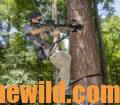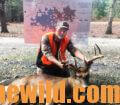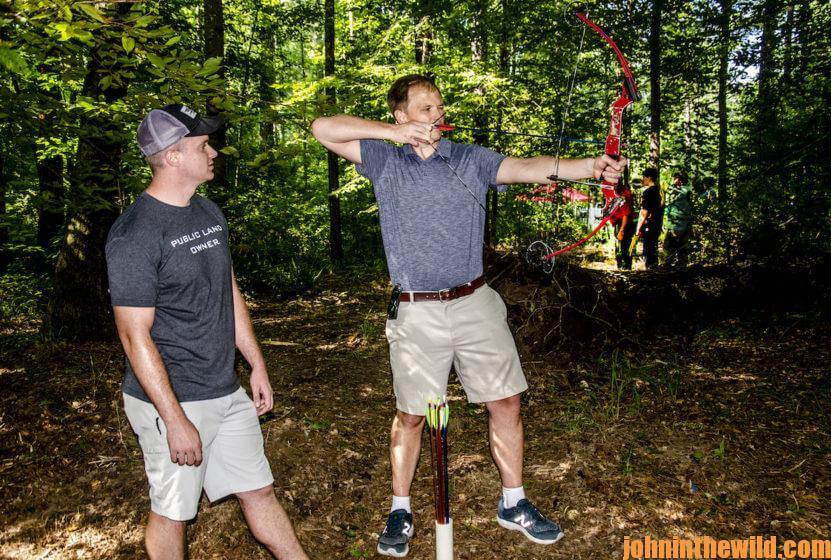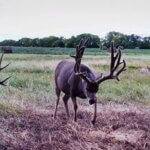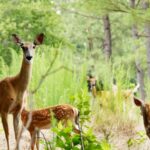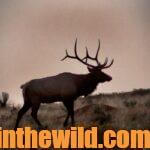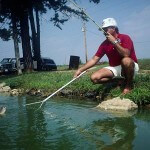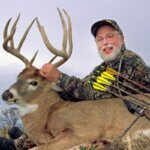Editor’s Note: One of the best ways to harvest a mature buck is to take that deer during bow season. Bowhunting’s never been easier to learn and do than today because of the legalization of the crossbow. Not only can people with disabilities use this bow, but older people, younger people and everybody in-between also can shoot accurately with only a little instruction to be ready for bow season. Too, if you prefer to shoot a compound bow because of its sighting systems and the other advantages it offers, learning to shoot the compound bow is easier now than it’s ever been. But what if you never have had the opportunity to learn how to bowhunt? How do you learn, and where can you find an instructor and/or a mentor if you’re an adult? Many states’ Departments of Conservation and Wildlife offer Adult-Mentoring Programs (AMP) on hunting like my home state of Alabama does. To learn more, go to https://www.outdooralabama.com/ and click on the tab that says “Hunting” (https://www.outdooralabama.com/hunting) to see another click for the “Adult Mentored Hunting” program (https://www.outdooralabama.com/hunting/adult-mentored-hunting-program).
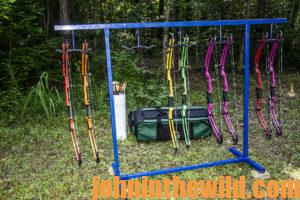 When bowhunting, there’s several items you need to consider to shoot accurately. Because the arrow in flight often has an arc in its path that it travels before it hits the target, you have to know how to judge the distance between you and the target or use a range finder to judge that distance you are from the target. You also can use your range finder to measure where you are in relation to different landmarks, like trees or bushes, in front of your stand. Then when a deer or another animal passes by one of those landmarks, you know how far that critter is from you. You also need to understand where the vitals are on any animal you want to take with a bow. Then you can place the arrow in the right spot on that animal to bring it down quickly. The shooting station where you learn and practice shooting various types of bow is one of the really-fun parts of Bowhunting 101.
When bowhunting, there’s several items you need to consider to shoot accurately. Because the arrow in flight often has an arc in its path that it travels before it hits the target, you have to know how to judge the distance between you and the target or use a range finder to judge that distance you are from the target. You also can use your range finder to measure where you are in relation to different landmarks, like trees or bushes, in front of your stand. Then when a deer or another animal passes by one of those landmarks, you know how far that critter is from you. You also need to understand where the vitals are on any animal you want to take with a bow. Then you can place the arrow in the right spot on that animal to bring it down quickly. The shooting station where you learn and practice shooting various types of bow is one of the really-fun parts of Bowhunting 101.
As Justin Grider explains, “Each student will learn how to shoot a compound bow and a crossbow. He or she also will learn how to estimate distance and have the opportunity to use a rangefinder to accurately show them the distances they are from the animals they want to take. We’ll have life-size 3D animal targets set-out in the woods at various distances that the students will be able to shoot at with these two types of bows. They’ll learn how to have proper form before they release the arrow, how to judge distance without a rangefinder, and how to use a rangefinder. They’ll also have the chance to learn how to accurately calculate yardages when they’re in an elevated position like a tree stand. We’ll explain where the vitals are on each one of the life-size animal targets on the 3D course they’ll be shooting.
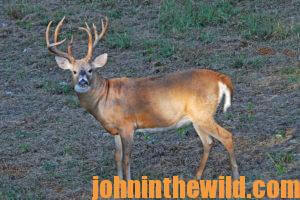 “Just as important as the equipment that students will be able to see, learn about and shoot are the instructors/mentors who will be teaching the course. We’ll have staff members from the state parks and from the WMAs at the Autauga event. We’ll have biologists and game wardens from the DCNR’s Division of Wildlife and Freshwater Fisheries. Some backcountry hunters and anglers will be on-site to work with students too, and we may have some folks from the National Deer Association (https://www.deerassociation.com/). All the instructors will be master archery deer hunters with many years of experience, not only in archery hunting, but also in teaching and mentoring new hunters.
“Just as important as the equipment that students will be able to see, learn about and shoot are the instructors/mentors who will be teaching the course. We’ll have staff members from the state parks and from the WMAs at the Autauga event. We’ll have biologists and game wardens from the DCNR’s Division of Wildlife and Freshwater Fisheries. Some backcountry hunters and anglers will be on-site to work with students too, and we may have some folks from the National Deer Association (https://www.deerassociation.com/). All the instructors will be master archery deer hunters with many years of experience, not only in archery hunting, but also in teaching and mentoring new hunters.
“Students will be divided into groups of either one-on-one or one-on-four groups (teacher to student ratio) to work with their instructor and mentor. We like to use small groups to give the students more personalized instruction and have all the questions that they may have answered by the best instructors that the DCNR has.
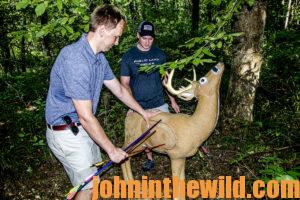 “On the 3D archery range, we’ll have life-size deer, feral hog, grizzly bear, javelina and coyote targets. Not all these animals live in Alabama, but they’re fun targets for the students to shoot, and they’re animals that they may want to hunt one day with their bows. This opportunity helps students learn to estimate the distance they are from the animal, because of the size of the animal they see. The shooting station also helps us to describe where the students need to aim to make an effective shot on any animal they may hunt, by us explaining the locations of the vitals on each one of these targets.”
“On the 3D archery range, we’ll have life-size deer, feral hog, grizzly bear, javelina and coyote targets. Not all these animals live in Alabama, but they’re fun targets for the students to shoot, and they’re animals that they may want to hunt one day with their bows. This opportunity helps students learn to estimate the distance they are from the animal, because of the size of the animal they see. The shooting station also helps us to describe where the students need to aim to make an effective shot on any animal they may hunt, by us explaining the locations of the vitals on each one of these targets.”
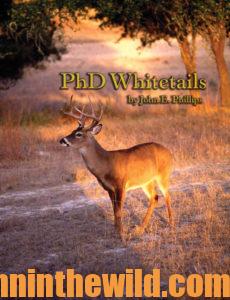 To learn more about hunting for deer, check out John E. Phillips’ deer-hunting book, “PhD Whitetails: How to Hunt and Take the Smartest Deer on Any Property,” available in Kindle and print at http://amzn.to/WIEUoo and Audible at https://www.audible.com/pd/PhD-Whitetails-Audiobook/B08VYMWS6J. You may have to copy and paste this link into your browser. (When you click on this book, notice on the left where Amazon says you can read 10% of the book for free). On the right side of the page and below the offer for a free Audible trial, you can click on Buy the Audible book.
To learn more about hunting for deer, check out John E. Phillips’ deer-hunting book, “PhD Whitetails: How to Hunt and Take the Smartest Deer on Any Property,” available in Kindle and print at http://amzn.to/WIEUoo and Audible at https://www.audible.com/pd/PhD-Whitetails-Audiobook/B08VYMWS6J. You may have to copy and paste this link into your browser. (When you click on this book, notice on the left where Amazon says you can read 10% of the book for free). On the right side of the page and below the offer for a free Audible trial, you can click on Buy the Audible book.
Bowhunting 101 starts at 8 am and ends around 4 pm. To learn more about how to become a bowhunter, classes and hunts available, go to the website: https://www.outdooralabama.com/ and click on the tab that says “Hunting” (https://www.outdooralabama.com/hunting) to see another click for the “Adult Mentored Hunting” program (https://www.outdooralabama.com/hunting/adult-mentored-hunting-program). You’ll find there not only the Adult Mentored Bowhunting Deer Program but also an AMP Program for Deer, which is primarily a gun program, and AMP adult Turkey section. You’ll get the times, dates and places these programs will be conducted, learn how to register and know all the information you need to participate in any of these programs. Many states’ wildlife sections have these types of programs, so if you live in another state, you usually can call the Wildlife Division of that state to learn about their adult-mentoring programs.
Tomorrow: Why Bowhunt Public Land Deer

